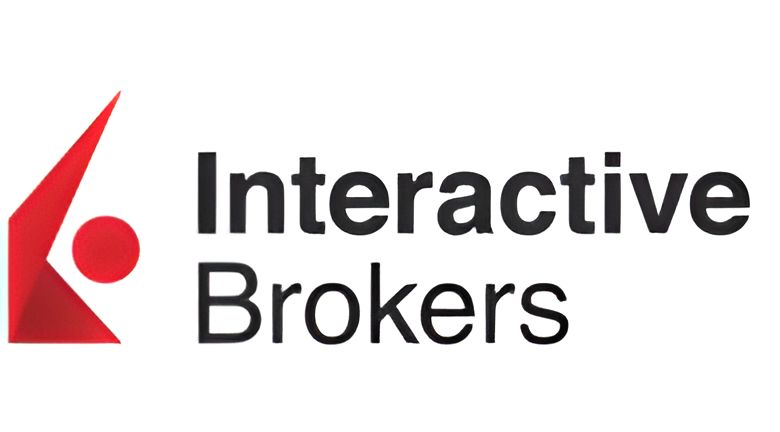
- Trade stocks, options, ETFs, mutual funds, alternative asset funds
- $0 commission on stocks, ETFs and options with no options contract fees
- Get up to $1,000 in stock when you open and fund a new account within 30 days
- Access to a financial planner
Cocoa is a luxury commodity and a crucial ingredient in many of life’s finer things, from sweets to pharmaceuticals to various cultural dishes. Its popularity makes it a prominent asset on the stock market, but supply problems, environmental and political issues can sometimes make it an unstable investment.
Here we discuss how you can invest in cocoa and the risks that come with it.
We run through the most common and accessible methods:
Exchange-traded funds (ETFs) allow you to invest your money in a variety of assets rather than focusing your investments in one or two firms.
ETFs are a very accessible way of entering the market and function in a similar way to normal stocks. They are often seen as a more straightforward, and less risky, way of investing your money. Trusting your money to a collection of assets makes your investment more resilient to the individual fluctuations within the market.
If you are a newcomer to the investment world, ETFs may be something to consider. Here’s the one that’s exclusively focused on cocoa:



One rather common way of investing in a commodity is through stocks. Due to cocoa’s market popularity, there are a variety of companies for you to choose from. Some of the most recognizable names include:
Even though companies like Nestle and Hershey are often recommended as solid investment choices, investing in stocks still requires some market knowledge. While ETFs can dilute strong performance from a few outstanding stocks, they are inherently diversified and may offer some protection against company-specific risks.
A more complex type of investment for cocoa growers, large buyers, advanced investors and speculators, buying futures allows you to directly buy large quantities of cocoa at an agreed price to receive at a later point in the future. Whether you make great returns on your investment or lose money depends heavily on the movements of the market.
Futures are direct but risky. They’re vulnerable to market fluctuations, so they rely heavily on the buyer’s knowledge. This type of investment can punish the buyer just as easily as rewarding them, so market newcomers may want to gain some experience first.
If you’re interested in trading futures contracts, check to see if your brokerage allows futures trading or choose one of the handful that does. You’ll probably also have to access a separate section of the trading platform, as futures and stocks are listed on separate exchanges.
Finder data suggests that men aged 35-44 are most likely to be researching this topic.
Response | Male (%) | Female (%) |
|---|---|---|
| 65+ | 6.15% | 2.69% |
| 55-64 | 8.27% | 3.46% |
| 45-54 | 17.50% | 3.46% |
| 35-44 | 21.15% | 5.38% |
| 25-34 | 14.42% | 5.96% |
| 18-24 | 9.23% | 2.31% |
The Finder Score crunches 147 key metrics we collected directly from 18+ brokers and assessed each provider’s performance based on nine different categories, weighing each metric based on the expertise and insights of Finder’s investment experts. We then scored and ranked each provider to determine the best brokerage accounts.
We update our best picks as products change, disappear or emerge in the market. We also regularly review and revise our selections to ensure our best provider lists reflect the most competitive available.
Paid non-client promotion. Finder does not invest money with providers on this page. If a brand is a referral partner, we're paid when you click or tap through to, open an account with or provide your contact information to the provider. Partnerships are not a recommendation for you to invest with any one company. Learn more about how we make money.
Finder is not an advisor or brokerage service. Information on this page is for educational purposes only and not a recommendation to invest with any one company, trade specific stocks or fund specific investments. All editorial opinions are our own.
Cocoa’s global popularity makes it a massive commodity and a popular investment in the market. Even so, there are risks involved in any investment, cocoa included:
Invest Smarter with VectorVest
VectorVest delivers data-driven insights together with automated stock analysis and portfolio management tools to help you make informed investment decisions with confidence
You can invest in cocoa by purchasing ETFs, stocks or futures. But before you commit, familiarize yourself with the risks of investing in this commodity, as cocoa is vulnerable to political and environmental shifts.
Compare your investing options across commodities and trading platforms before you buy.
Lear Capital’s gold & silver IRAs review: Compare fees, pros, cons and customer ratings before you invest.
With iTrustCapital, you can use your IRA to invest in gold, silver and cryptocurrency, quickly diversifying your portfolio.
Robinhood, Interactive Brokers, TradeStation, Plus500, NinjaTrader, Coinbase, Tastytrade and more top our list of best futures platforms.
Snag cash sweep bonuses, free stocks, transfer matches and more from Moomoo. See the details and how to cash in here.
Interactive Brokers is currently running a referral promotion. See the details and how to take advantage of this deal here.
Tastytrade bonuses include a competitive referral bonus and others. See what you have to do to snag them here.
Robinhood bonus offers cater to both new and existing customers. Maximize your investment with its competitive IRA match today.
Earn free stock with SoFi® active investing bonuses. See how to get the best SoFi bonus deals here.
SoFi’s Roth IRAs stand out for their low trading costs and access to human and robo advisory services.
A deep dive into the highlights and limitations of Yieldstreet.